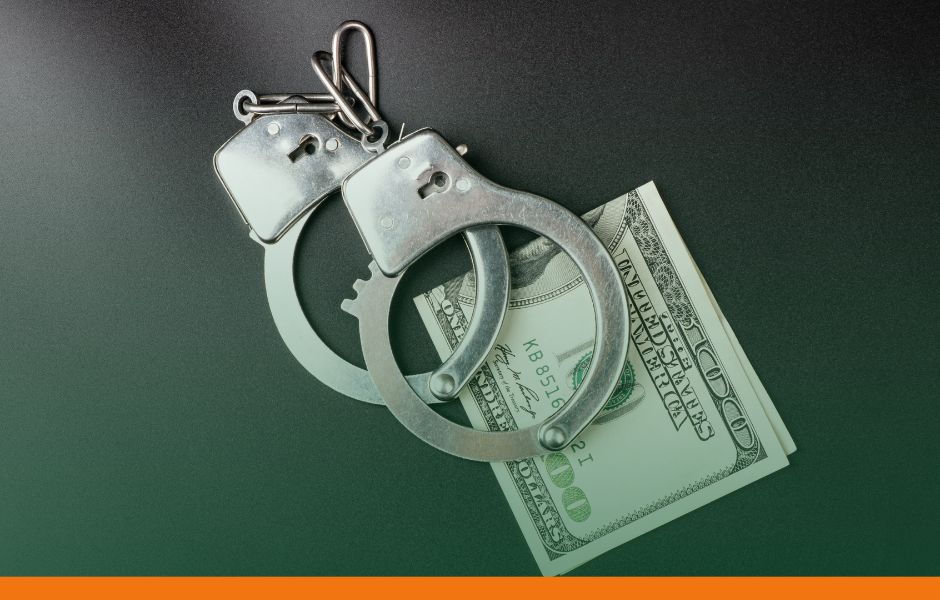How Does a Bank Levy Work?

When it comes to bank levies, understanding the process is crucial. Let’s take a step-by-step look at how a bank levy typically unfolds:
- Initiation: Before a bank levy can be imposed, the creditor or government agency seeking payment must obtain a court judgment or order. This legal authorization grants them the right to freeze and withdraw funds from the debtor’s bank account(s).
- Notification: In most cases, debtors receive a notice or warning before a bank levy is initiated. This notice serves as a heads-up, providing information about the debt owed and instructions on how to resolve the matter before the levy takes effect. Ignoring or disregarding such notices can exacerbate the situation.
- Account Freeze: Once a bank levy is imposed, the funds in the debtor’s bank account(s) are frozen. This means that the account holder is unable to access or withdraw the money until the debt is satisfied or resolved.
- Exemptions: It’s important to note that certain funds may be exempt from a bank levy, depending on the jurisdiction. These exemptions often include Social Security benefits, disability payments, child support, and other government assistance funds. However, exemptions can vary, so consulting local laws and regulations is crucial.
- Priority: In cases where multiple creditors or government agencies are seeking payment, bank levies may have a priority order. This order is typically determined by legal procedures and the type of debt owed.
- Release of Funds: If a bank levy successfully collects the debt, the funds are usually transferred to the creditor or government agency to satisfy the outstanding obligation. Any remaining funds, if applicable, may be returned to the debtor.
Bank levy: Exemptions
Bank levies can be an overwhelming prospect, but it’s essential to understand the exemptions that can protect certain assets from being seized. Here are some common exemptions that exist in many jurisdictions:
Typically, funds received as Social Security benefits or other government assistance programs are exempt from bank levies. This ensures that individuals can still access funds necessary for their basic needs.
Disability benefits, including disability insurance payments or workers’ compensation benefits, are often exempt from bank levies to provide financial support for individuals with disabilities
In many jurisdictions, funds designated for child support payments are typically protected from bank levies to ensure the well-being of the children involved.
Similar to child support, funds designated for spousal support or alimony payments may be exempt from bank levies, ensuring that individuals receive the support they are entitled to.
Government benefits such as welfare, Supplemental Nutrition Assistance Program (SNAP), Temporary Assistance for Needy Families (TANF), and other forms of public assistance are often protected from bank levies to prevent undue hardship on individuals and families in need.
Certain retirement accounts, such as 401(k) plans, Individual Retirement Accounts (IRAs), and pensions, may be exempt from bank levies to safeguard individuals’ retirement savings.
Funds received as veterans’ benefits, including disability compensation and pensions, are often protected from bank levies as a recognition of the service and support provided to veterans.
Unemployment insurance benefits are typically exempt from bank levies, ensuring that individuals who are temporarily unemployed have access to funds to meet their basic needs.
In some jurisdictions, a portion of the equity in a debtor’s primary residence may be protected from bank levies under homestead exemption laws. The specific amount protected can vary depending on local regulations.
Bank Levy Quick Tips
Here’s How to Deal with a Bank Levy:
- Don’t Ignore Notices.
- Review Exemptions.
- Seek Legal Counsel.
- Negotiate with Creditors.
- File for Bankruptcy.
- Request a Hearing.
- Maintain Documentation.
- CALL PRIORITY TAX RELIEF (888) 708-2872
What does the IRS have to Say About a Bank Levy?
The Internal Revenue Code (IRC) specifies a 21-day waiting time before paying a levy when it is on a bank account. The waiting period is meant to give you enough time to get in touch with the IRS, make arrangements to pay the tax, or alert them to mistakes with the levies.
Bank Levy Frequently Asked Questions
Take the notice seriously and promptly respond to it. Seek legal advice and explore your options for resolving the debt or protecting exempt assets.
The duration of a bank levy depends on various factors, such as the amount owed and the actions taken by the debtor or creditor. Once the debt is satisfied or resolved, the levy is typically lifted, and the account holder regains access to their funds.
It is essential to address the underlying debt and work with the creditor or government agency to resolve the issue before a bank levy is initiated. Promptly responding to notices and seeking legal advice can help explore options and prevent or mitigate the impact of a bank levy.







